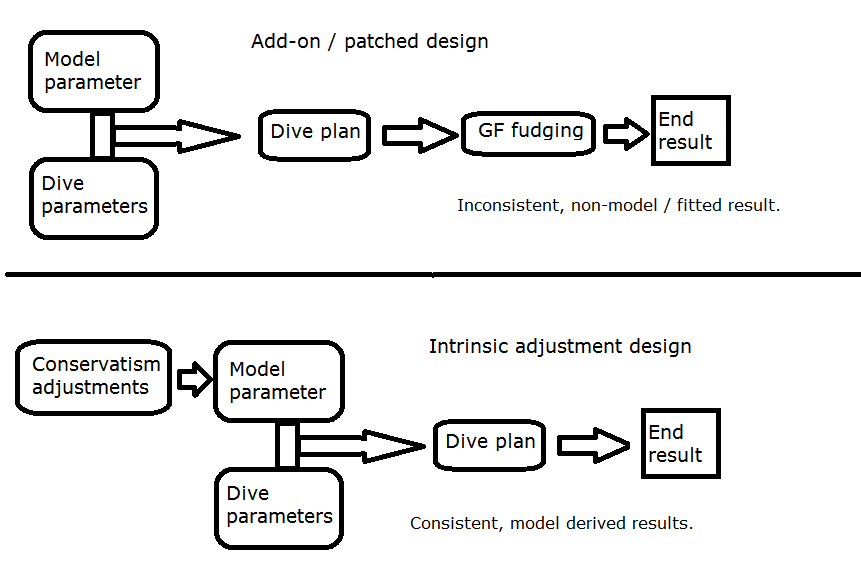dmaziuk
Contributor
There's a fundamental difference between a sound model incorrectly implemented, and a fundamentally flawed model. The former should fairly easily be fixed, and an incorrect implementation shouldn't reflect on the soundness of a model.
Uhm... in theory. Also in theory: theory and practice are the same.
Confucius say even a wrong teacher can lead one to enlightenment and even a righteous teacher can fail to do so.





